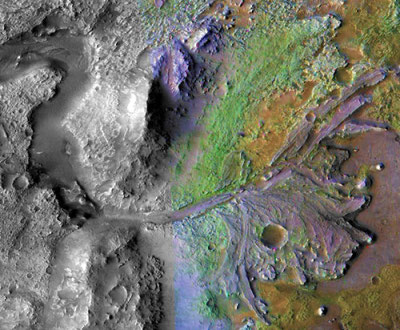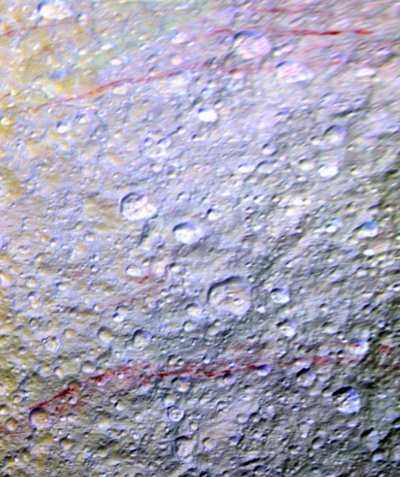Sudden outburst activity on Comet 67P/C-G

Cool image time! As Comet 67P/C-G approaches perihelion, Rosetta is detecting and imaging more and more activity coming from the nucleus, including a power outburst lasting less than a half hour.
In the approach to perihelion over the past few weeks, Rosetta has been witnessing growing activity from Comet 67P/Churyumov–Gerasimenko, with one dramatic outburst event proving so powerful that it even pushed away the incoming solar wind.
The comet reaches perihelion on Thursday, the moment in its 6.5-year orbit when it is closest to the Sun. In recent months, the increasing solar energy has been warming the comet’s frozen ices, turning them to gas, which pours out into space, dragging dust along with it.
The three pictures above were taken 18 minutes apart. The first shows nothing, and in the last the jet has almost completed dissipated. In the middle image, however, the jet is well defined, and data from the spacecraft indicated that it was so strong that it “had pushed away the solar wind magnetic field from around the nucleus.”

Cool image time! As Comet 67P/C-G approaches perihelion, Rosetta is detecting and imaging more and more activity coming from the nucleus, including a power outburst lasting less than a half hour.
In the approach to perihelion over the past few weeks, Rosetta has been witnessing growing activity from Comet 67P/Churyumov–Gerasimenko, with one dramatic outburst event proving so powerful that it even pushed away the incoming solar wind.
The comet reaches perihelion on Thursday, the moment in its 6.5-year orbit when it is closest to the Sun. In recent months, the increasing solar energy has been warming the comet’s frozen ices, turning them to gas, which pours out into space, dragging dust along with it.
The three pictures above were taken 18 minutes apart. The first shows nothing, and in the last the jet has almost completed dissipated. In the middle image, however, the jet is well defined, and data from the spacecraft indicated that it was so strong that it “had pushed away the solar wind magnetic field from around the nucleus.”




